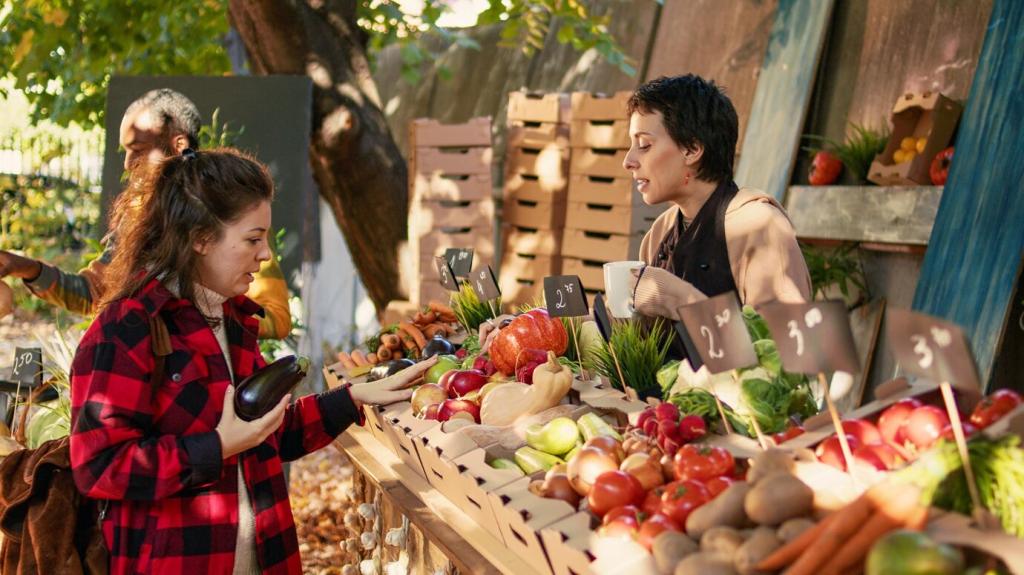How Urban Agriculture Transforms Neighborhoods
Urban agriculture is much more than a method of growing food in city environments; it is a transformative movement redefining the way communities interact, sustain themselves, and reimagine public spaces. By integrating agriculture into urban landscapes, neighborhoods experience profound changes that go well beyond fresh produce. Urban agriculture fosters community ties, revitalizes vacant properties, and addresses pressing environmental and social issues facing cities today. Through rooftop gardens, community allotments, and innovative vertical farms, urban agriculture serves as a catalyst for economic development, health improvement, and cultural enrichment in neighborhoods across the globe.

Revitalizing Community Spaces

Vacant lots are often regarded as eyesores, linked to neglect and disuse in urban neighborhoods. The transformation of these spaces into thriving urban farms and gardens not only improves their aesthetic appeal but also encourages regular foot traffic and community involvement. Residents reclaim a sense of ownership as these lots evolve into places where people gather, collaborate, and work toward a common purpose, laying the foundation for a more unified and vibrant community. Moreover, these green hubs can inspire broader neighborhood revitalization, serving as catalysts for further community-led improvements in the surrounding area.

Creating Employment Opportunities
Urban farms and related enterprises generate meaningful jobs for community members, particularly in areas where employment options may be limited. Positions in planting, harvesting, sales, education, and administration provide varied pathways for people of all ages and backgrounds. These opportunities not only offer income but also impart valuable skills in agriculture, business, and teamwork. By nurturing talent from within the community, urban agriculture projects create a cycle of workforce development that can uplift entire neighborhoods and inspire future entrepreneurial ventures.
Supporting Local Entrepreneurship
Beyond job creation, urban agriculture encourages entrepreneurial ventures such as farmers’ markets, neighborhood produce stands, and value-added food businesses like preserves, pickles, or baked goods. Entrepreneurs can leverage the abundance of local crops to launch new products rooted in neighborhood tastes and traditions. These ventures keep money circulating within the community, increase local food options, and often pave the way for broader economic growth. Moreover, the collaborative nature of urban agriculture fosters mentorship and shared resources among aspiring small business owners.
Attracting Investment and Business Activity
The presence of vibrant urban agriculture projects signals neighborhood vitality and innovation, attracting additional investment from public and private sources. Developers and retailers increasingly see the value in locating near green, active spaces, which provide both aesthetic and practical benefits. Grants and sponsorships aimed at sustainable development frequently target neighborhoods with robust urban agriculture scenes, funneling resources where they can have a lasting impact. Enhanced economic activity also translates into a greater tax base, funding services and infrastructure that further enrich neighborhood life.
